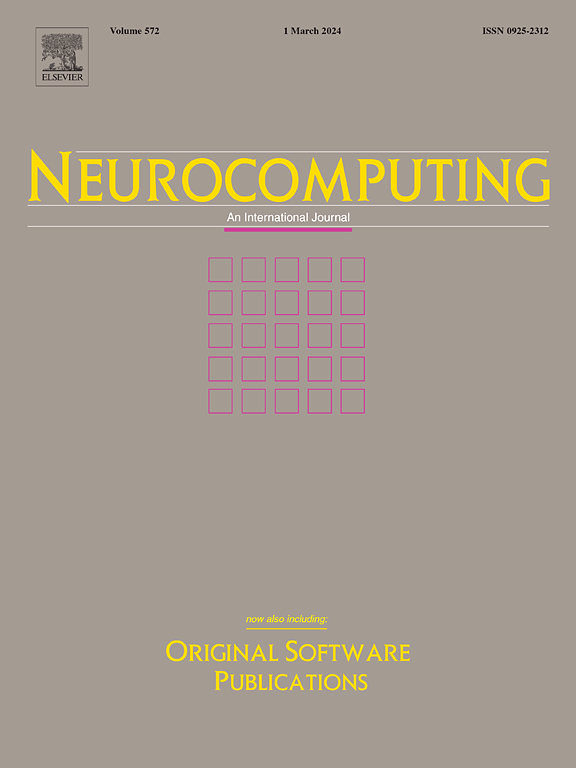Efficient image and video processing via symmetric inertial proximal ADMM with RPCA model
IF 5.5
2区 计算机科学
Q1 COMPUTER SCIENCE, ARTIFICIAL INTELLIGENCE
引用次数: 0
Abstract
This study proposes a novel symmetric inertial approximation alternating direction method of multiplier (SIPADMM) to address the significant challenges in solving separable two-block nonconvex nonsmooth optimization problems with linear constraints. The primary contribution of this work lies in the development of a unique algorithmic framework that successfully integrates the strengths of proximal and inertial methods while introducing a symmetric treatment of the Lagrange multiplier. A distinctive feature of our approach is the innovative utilization of numerical information from the previous three iteration steps in the proximal method, which significantly enhances the algorithm’s performance in handling nonconvex nonsmooth optimization problems. Furthermore, for the robust principal component analysis model, leveraging the properties of the hyperbolic tangent function, we have introduced a fresh nonconvex approximation function for the rank function, leading to the proposal of a new variant of the nonconvex model. Under carefully established assumptions, we obtain the convergence of the proposed algorithm through the construction of a specially designed auxiliary function . Our theoretical analysis demonstrates that if the auxiliary function satisfies the Kurdyka–Łojasiewicz inequality, every bounded sequence generated by the algorithm converges to a critical point of the minimization problem. In order to enhance the credibility of our approach and model in real-world scenarios, the proposed algorithm is utilized across various practical problems, especially in dealing with shadow and highlight removal in face images, and front–background separation tasks in videos. Experimental results consistently demonstrate the effectiveness of our algorithm in handling nonconvex approximation models based on rank functions.
求助全文
约1分钟内获得全文
求助全文
来源期刊

Neurocomputing
工程技术-计算机:人工智能
CiteScore
13.10
自引率
10.00%
发文量
1382
审稿时长
70 days
期刊介绍:
Neurocomputing publishes articles describing recent fundamental contributions in the field of neurocomputing. Neurocomputing theory, practice and applications are the essential topics being covered.
 求助内容:
求助内容: 应助结果提醒方式:
应助结果提醒方式:


